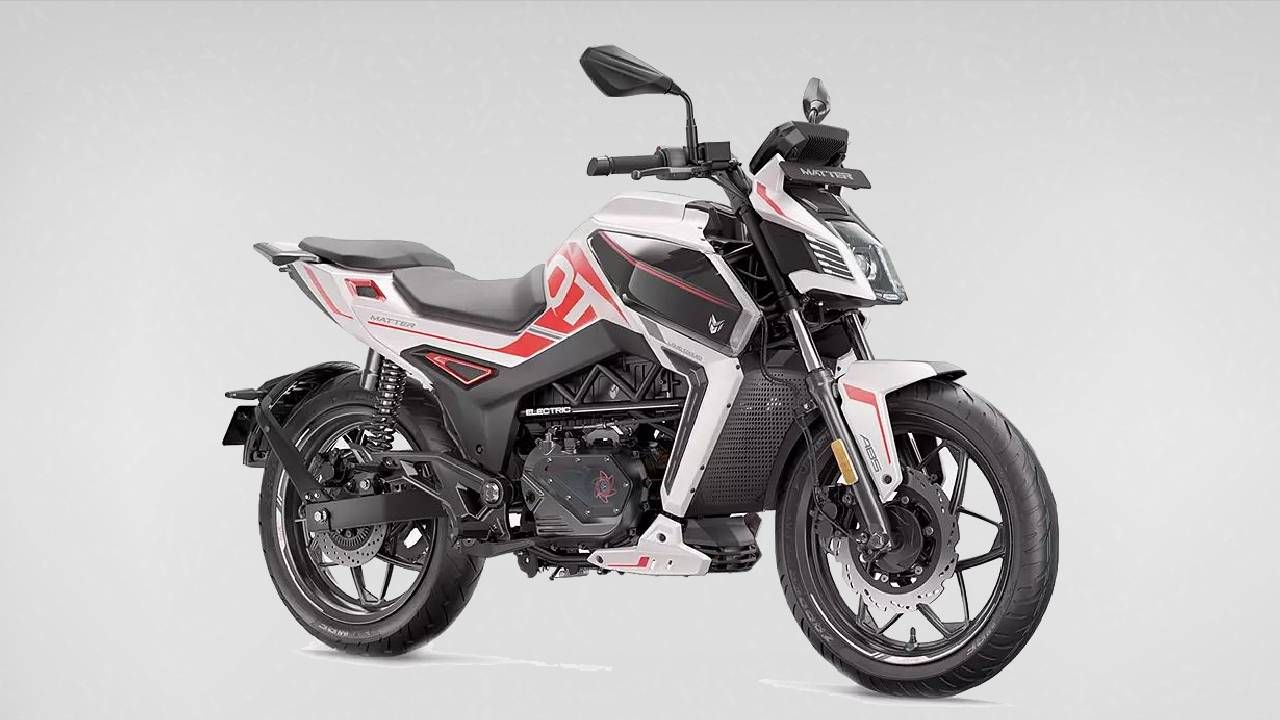Delhi-Mumbai Expressway - Old vs New: Which Highway is Better for You?
With the first section of the Delhi-Mumbai Expressway now complete, we bring you a side-by-side comparison of the new expressway and the old highway to help you decide which road to take.

If you have ever driven from Delhi to Mumbai, you know that it can be daunting, given that the route is far from ideal. So, to make the journey more efficient, an expressway is being built, which will reduce the travelling time between these two cities to just 12 hours. But for now, only the first section of the expressway is ready, which runs from Sohna, in Gurgaon, to Dausa, near Jaipur. To assess the impact of the new route, we undertook the Delhi-Jaipur journey simultaneously on both the new expressway and the old highway.

Rules of the journey
We began our journey from Sector 29, Gurgaon, and our destination was Jaigarh Fort. Shivank opted to take the new expressway, while I chose the old highway. The first rule of the journey was that both of us had to make a stop for 30 minutes to get some food. The second rule was that we had to stick to the speed limit. The third rule was…well, there was no third rule. We commenced our journey at 9:00 AM in the morning, and here’s how it unfolded.

New Expressway
Shivank was elated to have the comfort and luxury of the new expressway for the journey. Immediately after setting off, he headed towards Sohna. There is a connecting toll road, which links to the expressway, and Shivank was already on it within just 15 to 20 minutes after starting the journey. If you live in Gurgaon, getting on this new expressway will be pretty easy for you. However, for those who live in Noida and Ghaziabad, it is recommended to use the peripheral expressway, which connects to the new expressway, for it will help you avoid the congestion of Delhi’s traffic.
Also Read: Driving on Delhi-Mumbai Expressway: Key Observations of India's Longest Highway
While the rest-stop areas along the expressway are constructed and facilities are functional, food options are quite limited. When we undertook the journey, not many restaurants were operational, and needless to say, the ones that were open, they were quite crowded. There are, thankfully, some stores to get some munchies, at least. Another issue that Shivank faced was the slightly bumpy tarmac, meaning that even while driving at the speed limit of 120 km/h, with cruise control engaged, one must remain cautious.

Old Highway
Now, my task was to travel to Jaipur via the old highway, and it proved to be quite a challenge to navigate out of Gurgaon. Since we began at 9:00 AM, the route was congested with morning traffic, and the Manesar toll made it even more difficult, for I had to navigate around hundreds of trucks. Until I crossed into Rajasthan, the drive remain a bit hectic. Once in Rajasthan, the road opened up. Along the way, I was delighted to find quite a few options for food. So, while I enjoyed some delicious Chhole Bhature, Shivank had to settle for some chips. Now, if you take the old highway, you need to be cautious of people crossing the road, driving on the wrong side, or simply taking their motorcycles across over the divider. All this makes the drive a little challenging, which means that you must remain extra vigilant while driving.
Also Read: Delhi Mumbai Expressway - Old vs New Highway Comparison | autoX
Verdict

In the end, Shivank arrived at the destination 40 minutes before me, but he had to double back because of Jaipur traffic, and it ended up taking him a bit longer than expected. So, if saving time is your priority, it’s best to take the new expressway, as it will help you avoid those pesky traffic jams on the old highway and save you over an hour. However, the old highway is still a viable option if you leave early in the morning. That way you would be able to avoid heavy traffic. Plus, you will have to pay less in tolls, and not to mention, you would be able to enjoy a wider variety of food options than you would on the new expressway – for now, that is.
















Write your Comment on